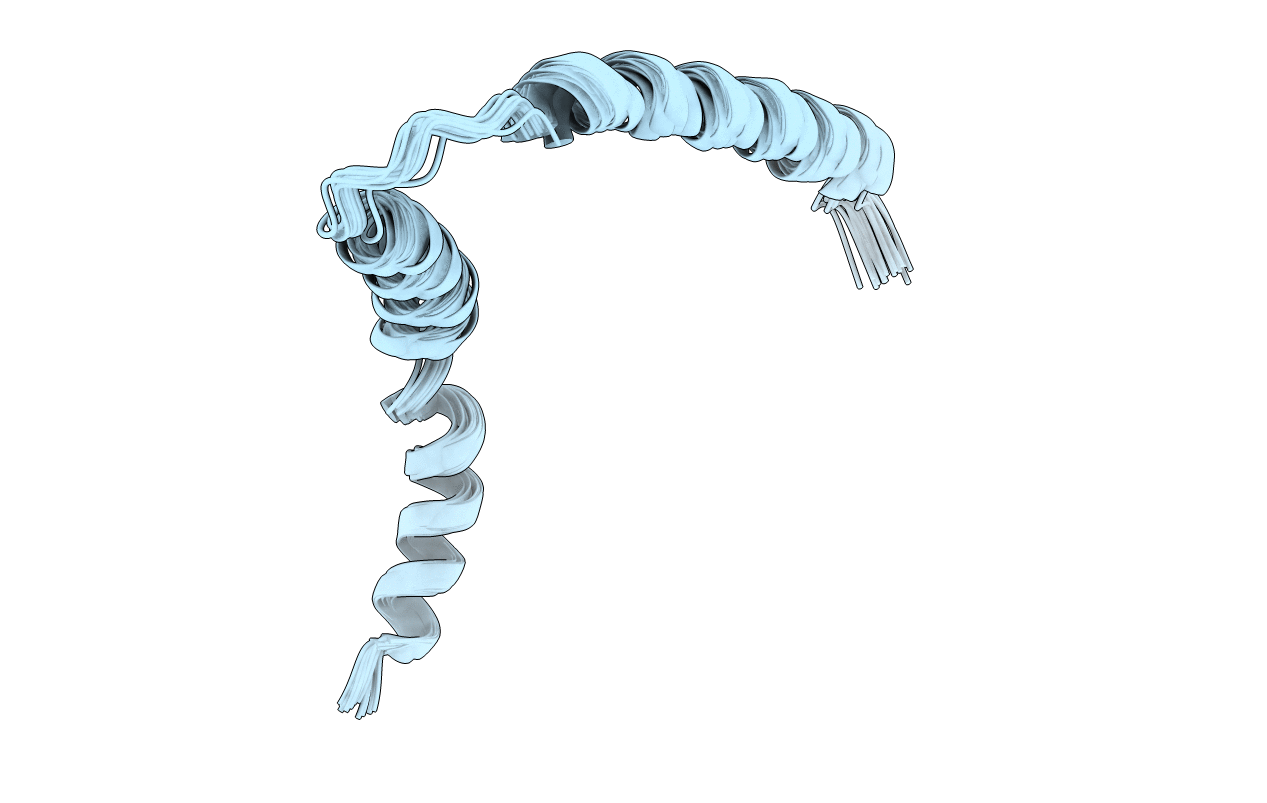
Deposition Date
2014-01-23
Release Date
2014-02-19
Last Version Date
2024-05-01
Entry Detail
PDB ID:
2MK3
Keywords:
Title:
Solution NMR structure of gp41 ectodomain monomer on a DPC micelle
Biological Source:
Source Organism:
Human immunodeficiency virus 1 (Taxon ID: 11676)
Host Organism:
Method Details:
Experimental Method:
Conformers Calculated:
30
Conformers Submitted:
20
Selection Criteria:
structures with the lowest energy


